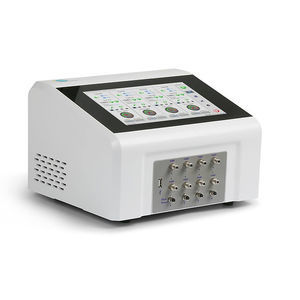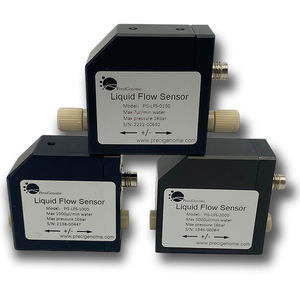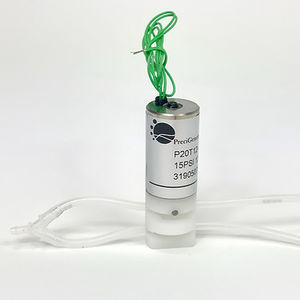
- Products
- PreciGenome LLC

- Products
- Catalogs
- News & Trends
- Exhibitions
Microfluidic reservoir

Add to favorites
Compare this product
fo_shop_gate_exact_title
Characteristics
- Options
- microfluidic
Description
When implementing microfluidic devices as tools for chemical or biological analysis, transferring external reagents into microfluidic or lab-on-a-chip devices is needed.
There is no good solution so far. A traditional way is that researchers use a syringe pump to push external reagent into a microfluidic chip through capillary tubing.
The traditional way has the following disadvantages:
First, capillary tubing needs to be filled with the reagent first in order for reagents to enter microfluidic devices, which causes waste of reagents and weakens the microfluidic advantage of low reagent consumption;
Second, bubbles are easily trapped in the capillary tubing. To remove bubbles in capillary tubing, a large amount of reagent needs to be used. The bubbles trapped in capillary tubing also could cause interference of detection when entering detection area in microfluidic devices.
Third, in this connection method capillary tubing is usually not disposable. The tubing needs to be washed between runs with different samples by a large amount of cleaning solution. Some researchers use home-made reservoirs and connect them to microfluidic devices. This method requires specialized skills, training, and tools, sometimes additional fabrication steps such as gluing, ultrasound welding, which are labor intensive. Often these connections are fragile and easy to have leakage issues.
PreciGenome offers various solutions with a wide range of volume for your microfluidic reservoir problems.
Microfluidic Reservoir Kits
PreciGenome also offers air-tight reservoir kit, which allows pressurization of standard lab tubes for microfluidic applications.
VIDEO
Catalogs
No catalogs are available for this product.
See all of PreciGenome LLC‘s catalogsExhibitions
Meet this supplier at the following exhibition(s):

*Prices are pre-tax. They exclude delivery charges and customs duties and do not include additional charges for installation or activation options. Prices are indicative only and may vary by country, with changes to the cost of raw materials and exchange rates.





